Homigot Octopus Festival (호미곶 돌문어 수산물 축제)
.0M 2024-04-17
136 Haemaji-ro, Homigot-myeon, Nam-gu, Pohang-si, Gyeongsangbuk-do
+82-54-284-0575
The Homigot Octopus Festival is an annual festival held to celebrate the octopus harvested from the rocky coastal area around Homigot Peninsula. The octopus here are known for their chewy texture and high-quality taste. During the festival, visitors can enjoy freshly caught octopus from the East Sea, as well as take pictures in a vast field of canola flowers that bloom near the coast. Additional programs and experiences related to octopus are planned for the enjoyment of all.
Homigot Sunrise Festival (호미곶 한민족 해맞이축전)
15.5M 2022-12-14
136, Haemaji-ro, Nam-gu, Pohang-si, Gyeongsangbuk-do
• 1330 Travel Hotline: +82-2-1330 (Korean, English, Japanese, Chinese) • For more info: +82-54-289-7852~8
Homigot Village, the main venue of the Homigot Sunrise Festival, is located on the easternmost point of the Korean Peninsula. Homigot Village means "a village on a tiger’s tail," in reference to the Korean peninsula looking like a tiger.
The festival includes local cultural performances, a New Year celebratory event, fireworks show, sunrise concert and other diverse performances. Visitors may sample free tteokguk, a traditional New Year’s Day dish. Other events such as kite-flying and launching hope balloons with wishes attached will provide enjoyable moments to reflect on the previous year and create new year resolutions.
Homigot Sunrise Square (호미곶 해맞이광장)
254.2M 2023-01-02
20, Haemaji-ro 150beon-gil, Nam-gu, Pohang-si, Gyeongsangbuk-do
+82-54-270-5855
Homigot is located at the easternmost end of the Korean peninsula, in what would be considered to be the tail, if thinking of the Korean peninsula as a tiger. When Kim Jeongho made the Daedongyeojido Map, he visited this place seven times to confirm this area is in fact the easternmost part of Korea. Following the resources of Korea Astronomy and Space Science Institute, the sunrise time of Homigot on January 1 is at 7:32 am, making it the earliest first sunrise of each year in Korea. The plaza was built to commemorate these research findings with the national Sunrise Festival. Nearby attractions include Korea's largest lighthouse, Homigot Lighthouse, established in 1908; Lighthouse Museum; Monument to Commemorate Lee Yuk-sa’s Patriotism; and Daebo Seawater Bath, using pure seawater of the East Sea.
When completed, Homigot Tourism Complex and Homigot Specialized Ocean Leisure Complex will be the largest tourism complex in the eastern coast district. It will include an ocean aquarium, Ocean Ecological Park, Youth Training facilities, beach dome, accommodation facilities, and other various stores as well.
Sangsaeng’s Hand, a two-part bronze sculpture shaped like a pair of hands, was constructed in December 1999. It is a signature symbol of the sunrise festival. The left hand is on the land and the right hand is in the ocean. It was built to give the message that all people are living together by helping one another like Sangsaeng, meaning coexistence in Korean. The base of the platform is an image of the sun and its two round rings refer to harmony. These two hands have memorial sprits of reconciliation and coexistence for celebrating a new millennium.
Homigot Lighthouse (호미곶 등대)
257.9M 2021-02-18
20, Haemaji-ro 150beon-gil, Nam-gu, Pohang-si, Gyeongsangbuk-do
+82-54-284-9814
Homigot Lighthouse is located at Homigot Cape, listed as one of the 10 most scenic sites during the Joseon dynasty. It was the tallest lighthouse in Korea at the time of its opening on December 20, 1908. The octagonal, six-story building is 26.4 meters high, with a base circumference of 24 meters. It was built using red bricks and no reinforcing rods, designed in the 18th century renaissance style, with gable decorations over the entrance and windows. The ceiling on each floor is sculpted in the shape of pear blossoms, a symbol of the Joseon royalty, while the number of stairs totals to 108, reflective of Buddhist culture.
Seokbyeong 1-ri (Hongbanjang’s house, Hyejin’s house) (석병1리)
5.6Km 2024-10-30
207 Ilchul-ro Guryongpo-eup, Nam-gu, Pohang-si, Gyeongsangbuk-do(Seokbyeong 1-ri Village Hall)
Gongjin Village's living quarters
This is where the residents of Gongjin Village live, with Hongbanjang's house on the sea side and Hyejin's house on the hill. However, these houses are inhabited by real residents, so you should look around quietly from the outside. Passing the village hall where the residents were having a feast and reaching the end of the breakwater, there is a red lighthouse where Hongbanjang and Hyejin had their wedding. The clear color makes it even prettier in the photo, so be sure to take a proof shot.
Guryongpo Beach (구룡포해수욕장)
8.8Km 2024-02-28
6 Homi-ro 426beon-gil, Guryongpo-eup, Nam-gu, Pohang-si, Gyeongsangbuk-do
Guryongpo Beach is a seaside resort located in Homigot, where "Homi" means tiger tail. The crescent-shaped white sandy beach stretches 400 meters in length and 50 meters in x_width, offering pristine waters of the East Sea. It is renowned as a sunrise spot. Guryongpo Columnar Joints and Guryongpo Beach Embankment are notable features, complemented by cafés, restaurants, and accommodation facilities. The area is rich in tourist attractions, including Homigot and Yeongildae.
Guryongpo Modern History Museum (구룡포 근대문화역사관)
9.2Km 2024-02-13
153-1 Guryongpo-gil, Guryongpo-eup, Nam-gu, Pohang-si, Gyeongsangbuk-do
The Guryongpo Modern History Museum, situated on Guryongpo Japanese House Street, is housed in a two-story wooden building constructed in the Japanese style. Built by Jenkichi Hashimoto in the 1920s, this historic structure was acquired by Pohang-si in 2010 and subsequently transformed into a history museum following extensive restoration. The museum features two exhibition floors, showcasing traditional Japanese furniture and accessories such as butsudan and kotatsu. Additionally, a traditional kitchen and toilet have been meticulously recreated. Visitors can gain a vivid understanding of the lifestyle during that era and explore the distinctive structural elements of Japanese-style buildings.
Guryongpo Pieora Stairway Media Art (구룡포 피어라계단 미디어아트)
9.5Km 2024-01-18
277 Homi-ro, Guryongpo-eup, Nam-gu, Pohang-si, Gyeongsangbuk-do
Guryongpo Pieora Staircase Media Art takes place on the large staircase heading up the hill behind Guryongpo Japanese House Street. The lighting display uses anamorphic techniques to create a beautiful show on the stairs. The performance lasts for approximately 10 minutes and goes through four themes, including the ocean and POSCO.
Guryongpo Japanese House Street (구룡포 일본인 가옥거리)
9.5Km 2024-10-23
153-1 Guryongpo-gil, Guryongpo-eup, Nam-gu, Pohang-si, Gyeongsangbuk-do
Guryongpo Japanese House Street is where the Japanese who came to Joseon lived after the Joseon-Japan Trade Treaty was signed between Joseon and Japan in 1883. Over time, the Japanese grew power over the fishing industry in the East Sea while restricting Joseon's fishing rights. To remember the past pains and events, the city of Pohang preserved 47 wooden Japanese-style houses from the time and named the area "Guryongpo Japanese House Street." It is now a tourist attraction where people can see the traces of Japanese lifestyle during the Joseon period and how the poeple of Joeseon braced the Japanese colonial period. It also attracts many K-drama fans as the area served as the main filming location of the drama "When the Camellia Blooms (2019)." The scenery seen from the park steps received a Korea Landscape Award because of the fishing village, which can be seen at a glance, revealing the daily life of the common people.
Guryongpo Fifth-Day Market (구룡포장 (3, 8일))
9.6Km 2021-06-01
72-1, Guryongpo-gil, Nam-gu, Pohang-si, Gyeongsangbuk-do
+82-54-276-2761
Guryongpo Market area expands all the way to Changjucheon Stream area every fifth-day market day, bustling with crowds of merchants and customers. Guryongpo Fifth-Day Market is held on the 3rd, 8th, 13th, 23rd, and 28th of every month. The market first started when a small village was formed around Guryongpo Port. In the 1950s and '60s, when Guryongpo was incorporated into the county of Yeongil, Guryongpo Market flourished because it became the main market of Yeongil.
Nowadays, thanks to the rows of seafood restaurants inside, the market became even more popular among seafood lovers. The market carries a wide variety of fresh vegetables and produce, herbs, grains, and regional specialties. The seafood at the market is delivered fresh from Guryongpo Port. The squid at Guryongpo Port, which is also the specialty of the market, makes up about 70% of the total catch in Gyeongsangbuk-do. The market is also frequently visited by seafood gourmets for its squid.
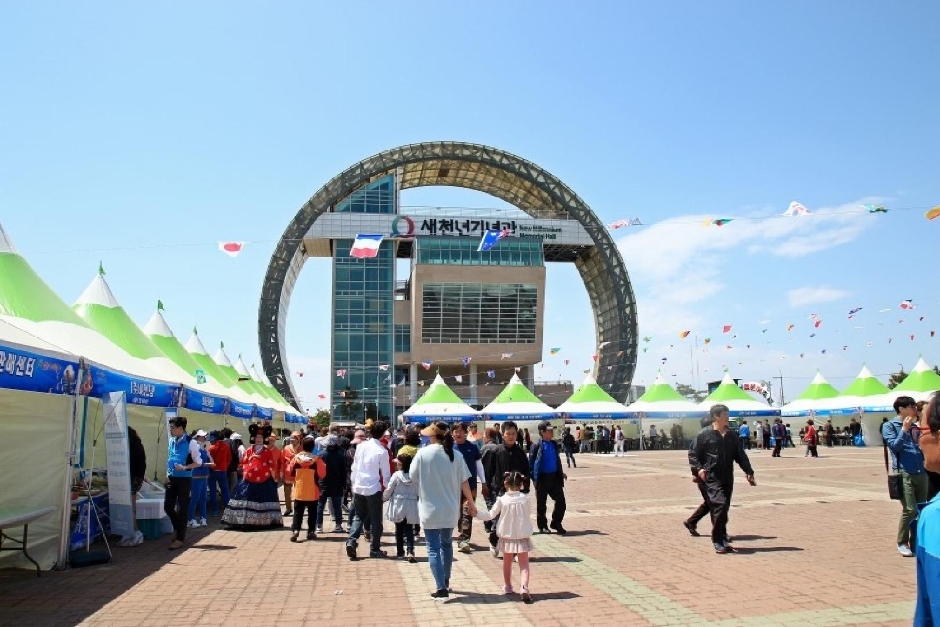

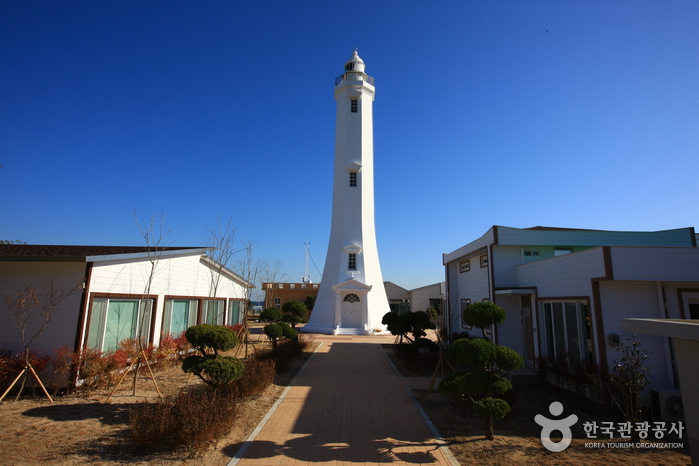

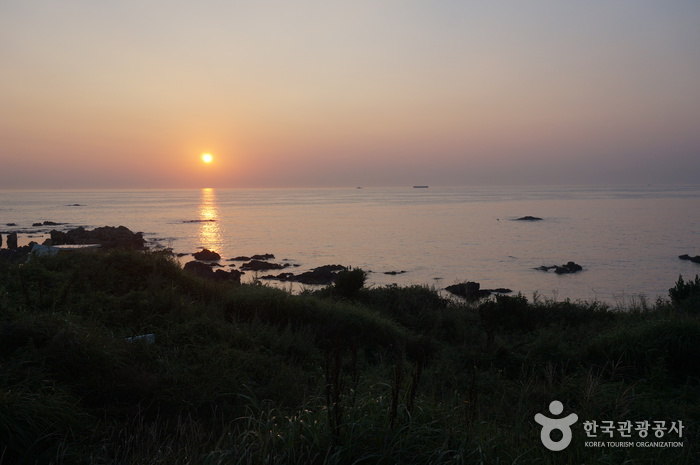
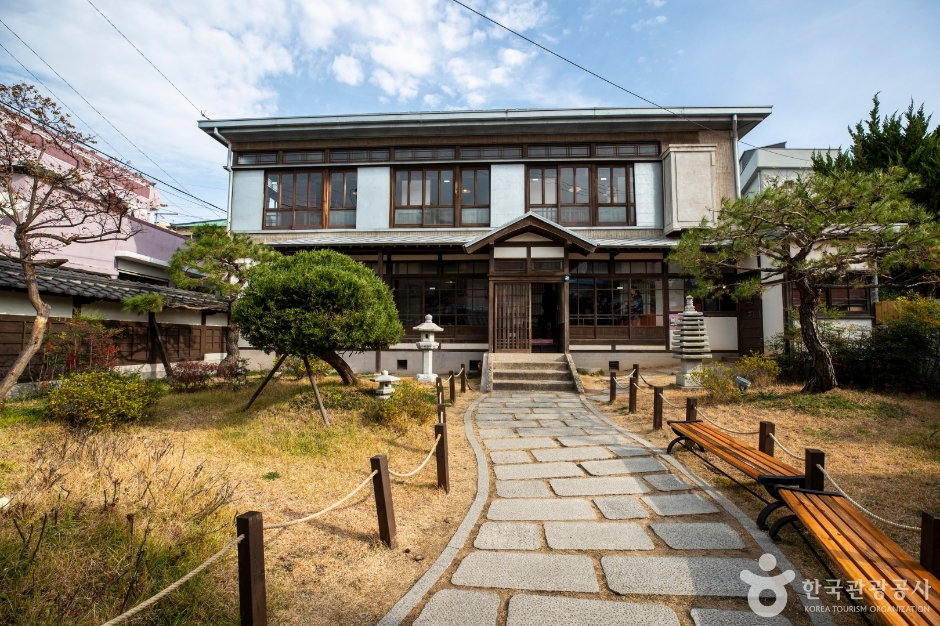
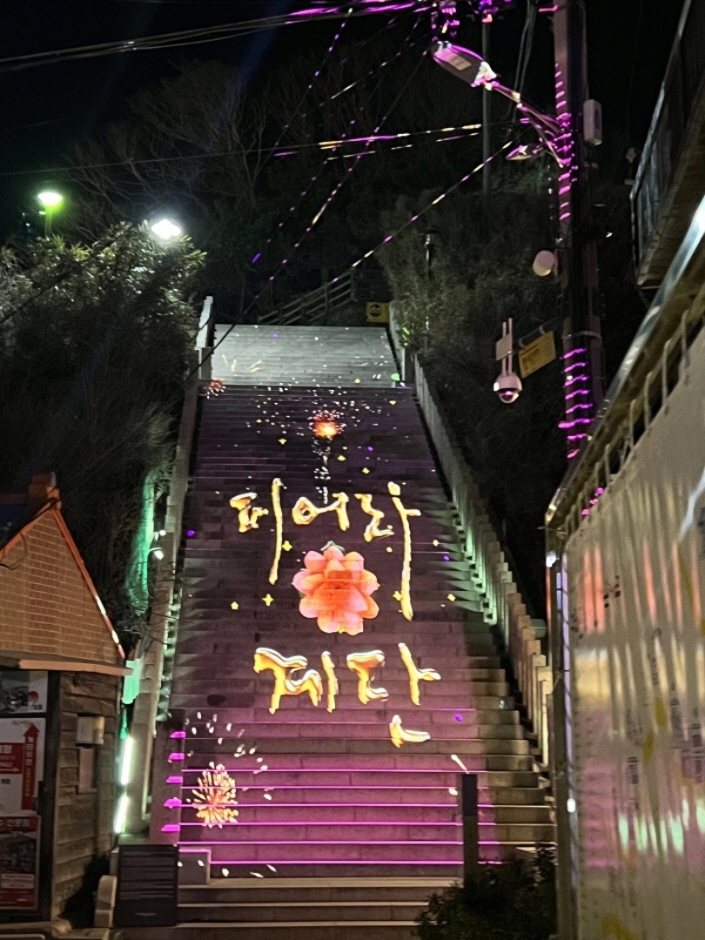
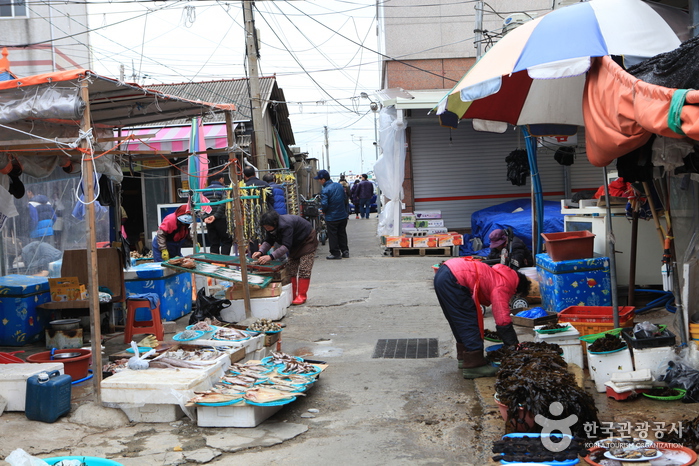
 English
English
 한국어
한국어 日本語
日本語 中文(简体)
中文(简体) Deutsch
Deutsch Français
Français Español
Español Русский
Русский